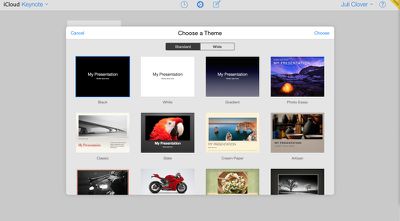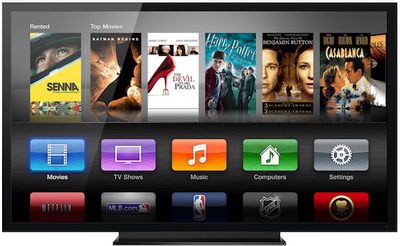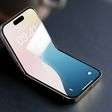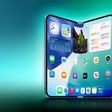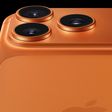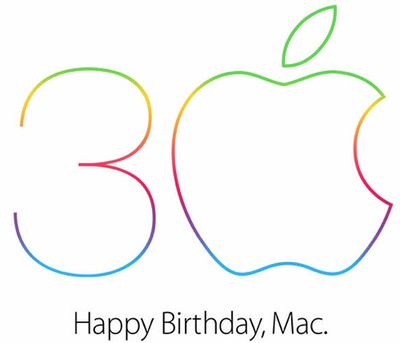 In celebration of the Mac's 30th anniversary, Apple today added a new "Happy Birthday, Mac" section to the App Store. The section, which features apps and games from both Apple and third-party developers, is intended to "capture the spirit" of what makes the Mac extraordinary.
In celebration of the Mac's 30th anniversary, Apple today added a new "Happy Birthday, Mac" section to the App Store. The section, which features apps and games from both Apple and third-party developers, is intended to "capture the spirit" of what makes the Mac extraordinary.
When the Macintosh debuted on January 24, 1984, it fundamentally changed what a computer was – and what it could do. Software developers had an incredible new playground for their imaginations, allowing them to create groundbreaking apps and games unlike any seen before. And that's just as true of the Mac today as it was then. Celebrate the Mac's 30th anniversary with our specially chosen assortment of apps and games that capture the spirit of what makes this computer so extraordinary.
The new Mac App Store page is divided into three separate sections: Apps Made by Apple, Unforgettable Apps, and Amazing Games. In the first section, Apple features many of its own Mac apps, including OS X Mavericks, Logic Pro X, Final Cut Pro, and its iWork and iLife suite of apps.
Unforgettable apps includes popular Mac App Store offerings like Evernote, Pixelmator, and Fantastical. There are apps from a wide range of categories like Productivity, Utilities, Graphics & Design, Photography, Reference, and more.
Apple's Amazing Games picks include some of the best selling titles in the Mac App Store, like BioShock Infinite and the recently released Tomb Raider. While the new Mac section does not offer any particular deals, it is a solid collection of high-quality apps for the Mac.
Along with the apps, Apple also includes a link to its homepage, which is currently featuring a tribute to the Mac with a visual timeline and a “Mac 30” video that looks at the Mac's past and present.
Today marks the 30th anniversary of the day Steve Jobs first introduced the Mac at the Flint Center in Cupertino, California. Along with a new Mac App Store section and a tribute on its website, Apple is celebrating the milestone with a number of interviews. Several Apple executives discussed the Mac with Macworld yesterday and Tim Cook did an interview with ABC, which will air tonight.


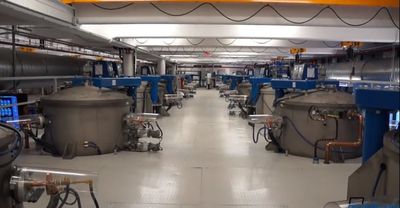
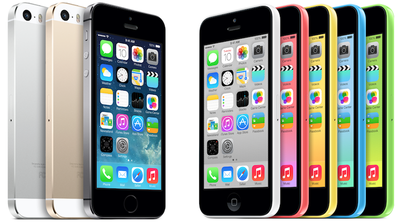
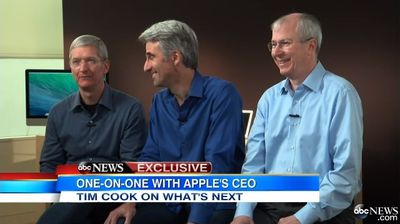
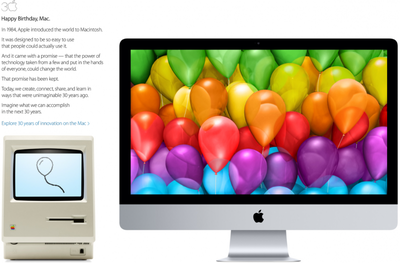
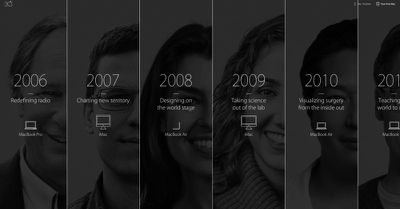
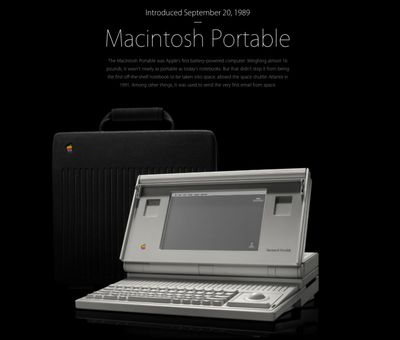
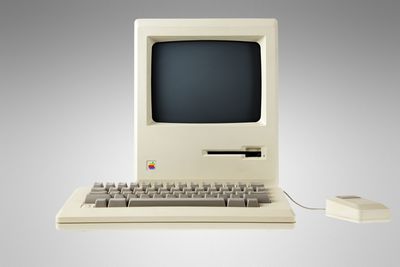
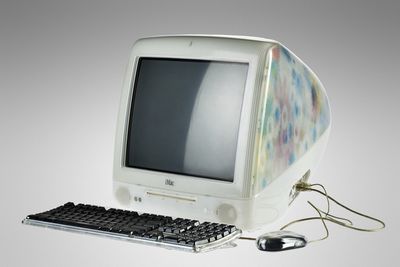

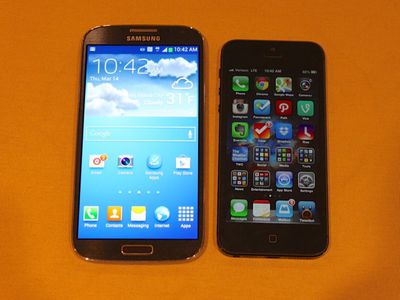
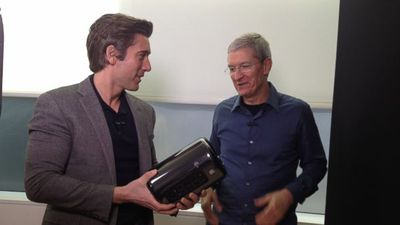

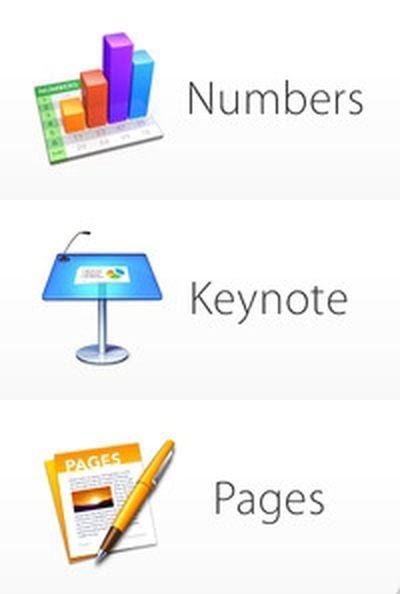 Along with an update for its
Along with an update for its 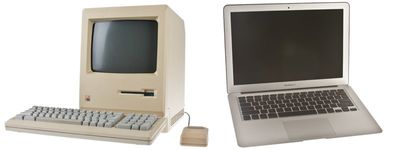
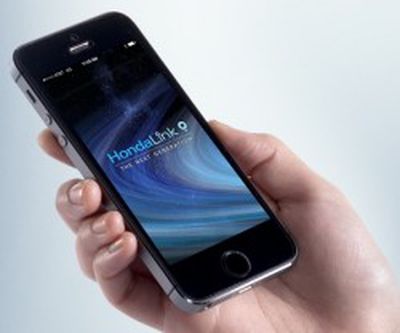 While Apple's upcoming
While Apple's upcoming  Several weeks ago, Apple filed a statement with the SEC
Several weeks ago, Apple filed a statement with the SEC 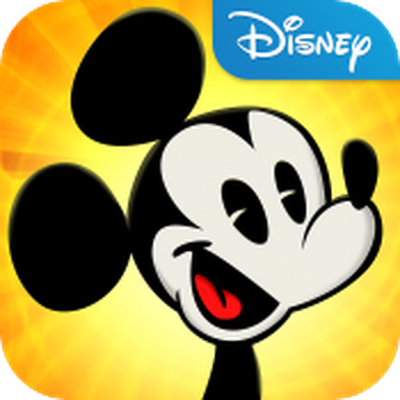 Disney's Where's My Mickey app has been named Apple's App of the Week, and as a result, it is available for free for the first time since its initial June 2013 release. Based on the popular Where's My Water? game Where's My Mickey? is a physics-based game that asks players to help Mickey Mouse collect water to progress through levels.
Disney's Where's My Mickey app has been named Apple's App of the Week, and as a result, it is available for free for the first time since its initial June 2013 release. Based on the popular Where's My Water? game Where's My Mickey? is a physics-based game that asks players to help Mickey Mouse collect water to progress through levels. Best Buy is offering
Best Buy is offering 